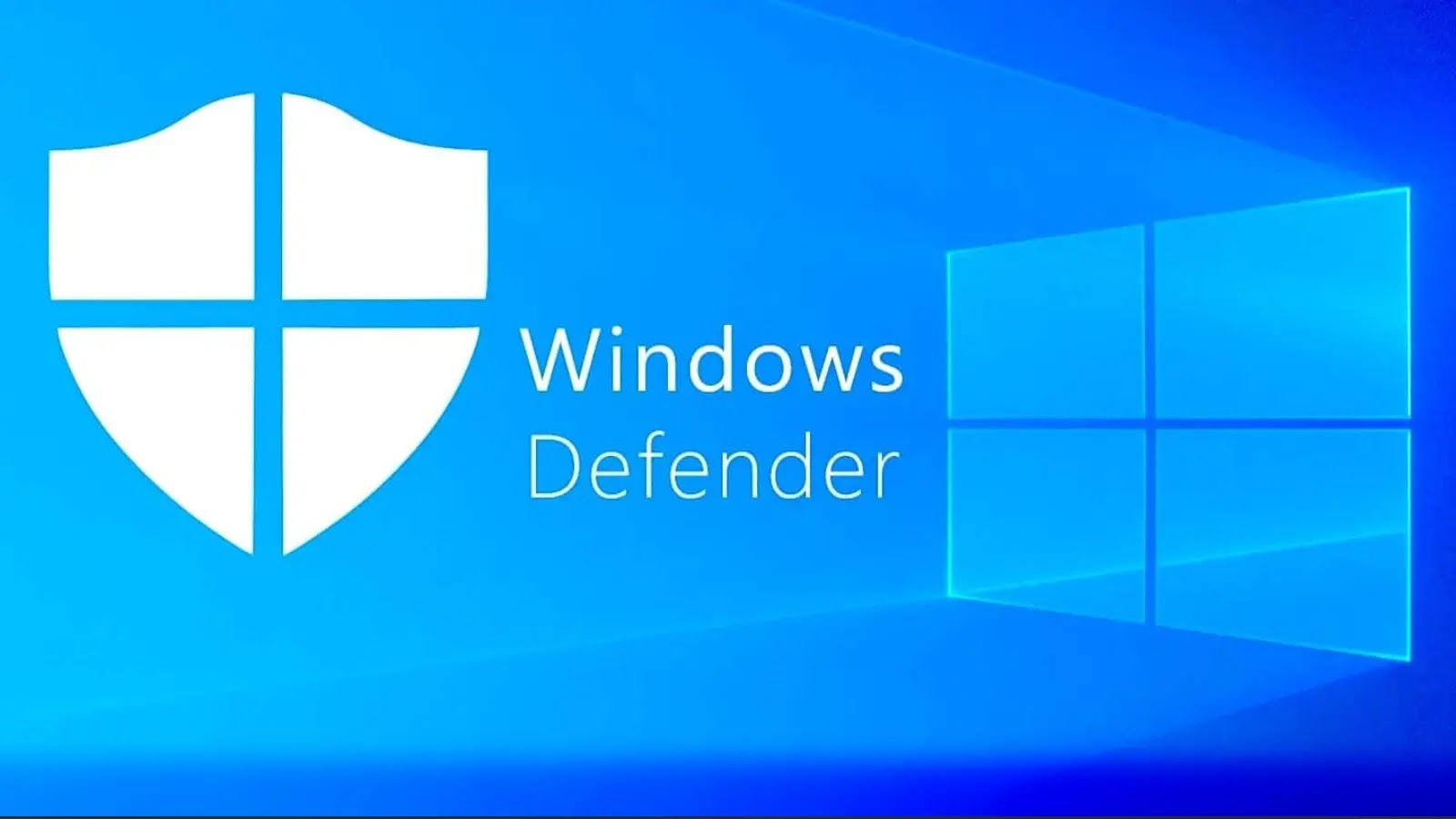
Windows Defender Vulnerability Allows Service Hijacking and Disablement via Symbolic Link Attack
Windows Defender, often hailed as a cornerstone of endpoint security in Microsoft environments, has long been the unsung hero protecting countless systems from an ever-growing array of cyber threats. Yet, even the most robust defenses can harbor subtle weaknesses. Recent findings have brought to light a significant vulnerability within Windows Defender’s update mechanism, allowing an attacker with elevated privileges to not only disable this critical security service but also manipulate its underlying files. This discovery underscores a fundamental truth in cybersecurity: vigilance is paramount, and even built-in protections warrant continuous scrutiny.
The Windows Defender Vulnerability Explained: A Symbolic Link Attack Insight
The vulnerability, detailed by Zero, exploits a flaw in how Windows Defender selects and manages its execution folders during the update process. At its core, this is a symbolic link attack, a classic technique in privilege escalation and file manipulation. An attacker, already possessing administrator privileges on a Windows system, can leverage this oversight to trick Defender into writing or executing files from an attacker-controlled location. This isn’t about gaining initial access; it’s about escalating impact once an attacker has established a foothold.
The ingenuity of this attack lies in its simplicity and the use of tools readily available within the Windows operating system itself. By manipulating symbolic links, an attacker can redirect Defender’s file operations, potentially leading to a complete bypass of its protections. This means an adversary could disable real-time protection, modify quarantine settings, or even replace legitimate Defender components with malicious ones, all while Defender believes it’s operating normally.
Impact and Severity: Disabling a Critical Security Layer
The implications of this vulnerability are substantial. Windows Defender is not just an antivirus program; it’s an integral part of Microsoft’s security ecosystem, including features like Exploit Guard, Attack Surface Reduction rules, and Controlled Folder Access. Disabling or manipulating Defender effectively removes a primary layer of defense against malware, ransomware, and various sophisticated attacks. For organizations relying on Defender as their primary endpoint protection platform, this could lead to:
- Complete Security Bypass: An attacker can execute arbitrary code or deploy persistent malware without Defender’s interference.
- Data Exfiltration: Sensitive data could be stolen without triggering security alerts.
- System Compromise: Allows for deeper system compromise, including privilege escalation to SYSTEM, if further exploits are chained.
- Loss of Trust: Undermines user and organizational trust in the built-in security features of Windows.
While the specific Common Vulnerabilities and Exposures (CVE) identifier for this vulnerability was not explicitly provided in the source material, it’s crucial for organizations to stay updated on Microsoft’s security advisories and patch releases for Microsoft Defender Antivirus.
Technical Breakdown: How the Attack Unfolds
The attack vector hinges on Windows Defender’s update process and its interaction with the file system. When Defender prepares for an update or performs certain operations, it temporarily uses specific folders. An attacker, with administrator rights, can create carefully crafted symbolic links that point these temporary folder operations to different, attacker-controlled locations. When Defender attempts to write to its expected location, it’s unknowingly writing to an attacker’s directory.
This allows an attacker to:
- Inject Malicious DLLs: Replace legitimate Defender DLLs or create new ones that are loaded by Defender, allowing arbitrary code execution within the Defender process.
- Modify Configuration Files: Alter Defender’s operational settings, such as exclusion lists or real-time protection status.
- Delete Critical Files: Corrupt Defender’s installation, rendering it inoperable.
The availability of built-in Windows tools for creating symbolic links (e.g., mklink) means the attacker does not need to deploy custom malware for this initial stage, making detection potentially more challenging.
Remediation Actions and Mitigations
Addressing vulnerabilities like this requires a multi-layered approach. While specific patches are Microsoft’s responsibility, organizations can implement several best practices to mitigate the risk and limit the impact of such attacks:
- Apply Security Updates Promptly: Ensure all Windows systems are kept up-to-date with the latest security patches from Microsoft. This is the most critical and direct mitigation.
- Principle of Least Privilege: Enforce strict adherence to the principle of least privilege. Regular users should not have administrator rights on their workstations. If administrator rights are required for specific tasks, implement Just-In-Time (JIT) access or Privilege Access Management (PAM) solutions.
- Endpoint Detection and Response (EDR): Deploy a robust EDR solution that can monitor for unusual file system activity, process injection, or attempts to tamper with security services. Modern EDRs can detect and alert on suspicious symbolic link creation or attempts to modify security software.
- Application Whitelisting: Implement application whitelisting (e.g., using Windows Defender Application Control – WDAC) to prevent unauthorized executables from running on endpoints, even if Defender is temporarily compromised.
- Regular Security Audits: Periodically audit system configurations, user permissions, and security software integrity.
- Network Segmentation: Implement network segmentation to limit the lateral movement of an attacker should a single endpoint be compromised.
Relevant Tools for Detection and Mitigation
Effective defense against vulnerabilities like this often involves a combination of native Windows features and specialized security tools. Here are some relevant tools that can assist in detection, analysis, and mitigation:
| Tool Name | Purpose | Link |
|---|---|---|
| Sysinternals Process Explorer | Inspect running processes, DLLs loaded, and handles (including symbolic links). | Download |
| Sysinternals Procmon (Process Monitor) | Real-time file system, Registry, and process/thread activity monitoring. Essential for detecting symbolic link creation. | Download |
| Windows Event Viewer | Analyze security event logs for suspicious activities, failed logins, or service state changes. | Documentation |
| Microsoft Defender for Endpoint | Comprehensive EDR platform for advanced threat detection, investigation, and automated response. | Product Page |
| PowerShell | Scripting for system hardening, configuration auditing, and basic incident response automation. Can be used to check file permissions and link properties. | Documentation |
Conclusion: The Ongoing Challenge of Endpoint Security
The discovery of this vulnerability in Windows Defender serves as a stark reminder that no software, regardless of its importance or apparent robustness, is entirely immune to flaws. For cybersecurity professionals, developers, and IT administrators, this reinforces the critical need for continuous vigilance, prompt patching, and the implementation of defense-in-depth strategies. Ensuring that systems are patched, privileges are minimized, and unusual behaviors are closely monitored are foundational practices that remain indispensable in the face of evolving threats.





